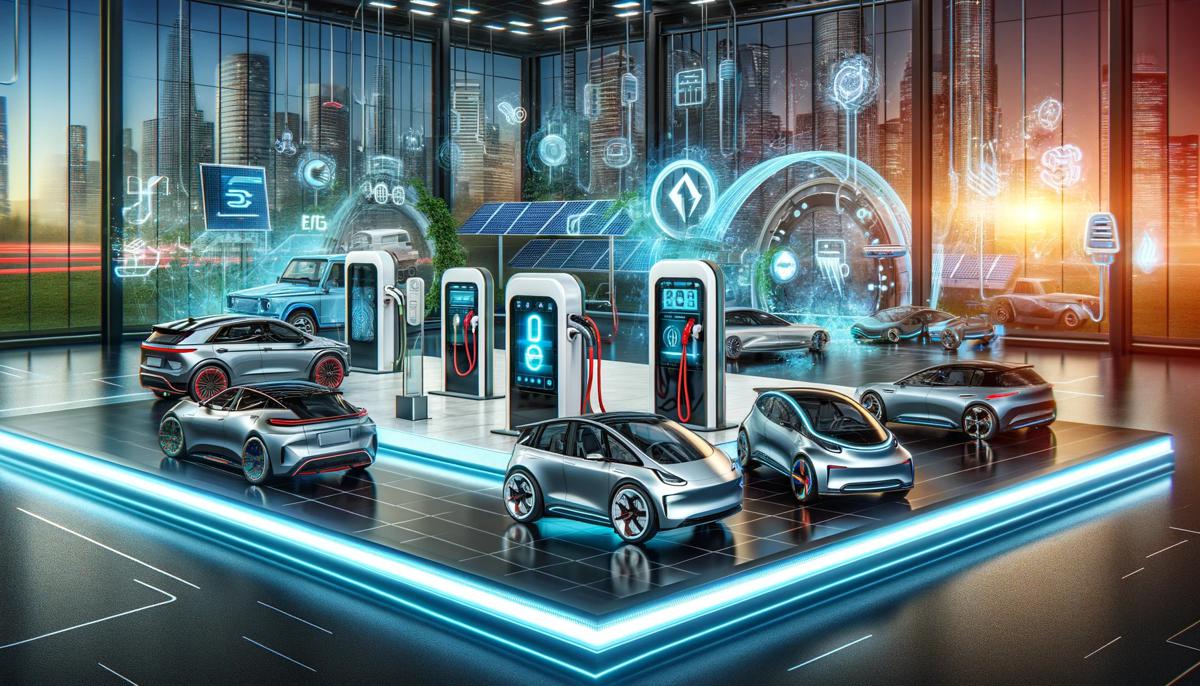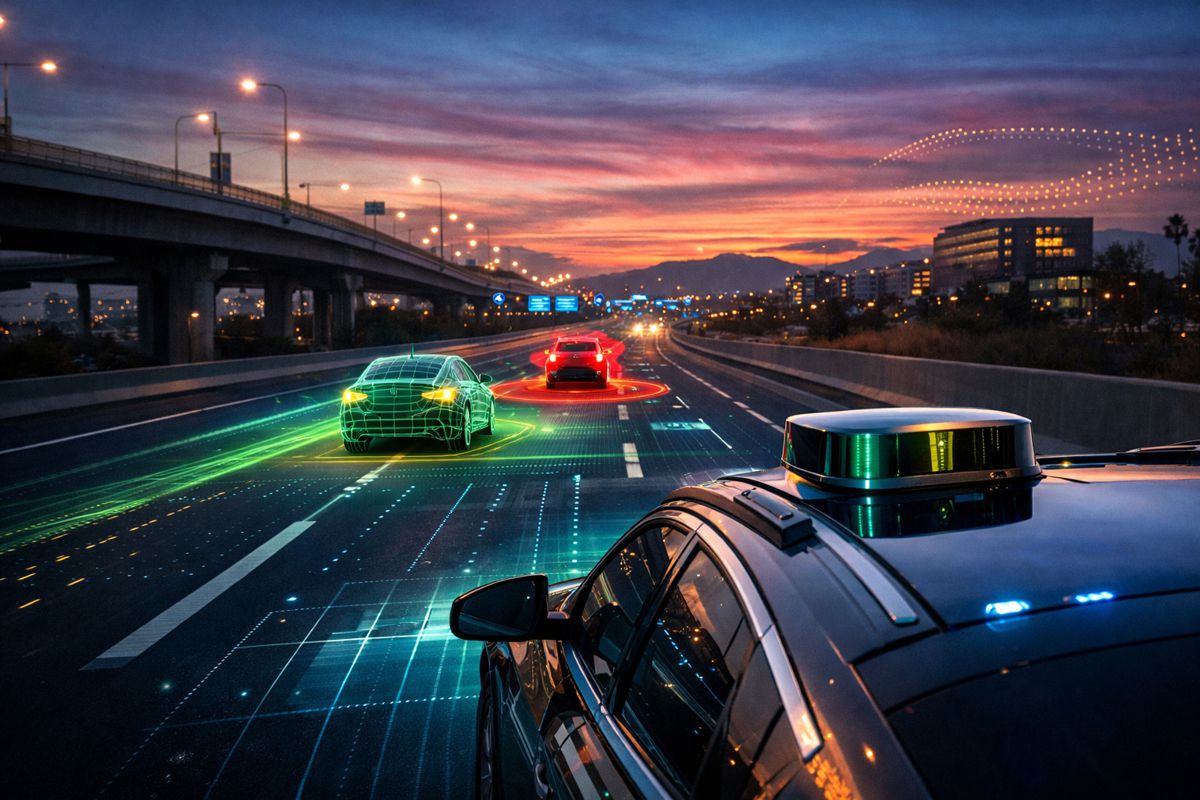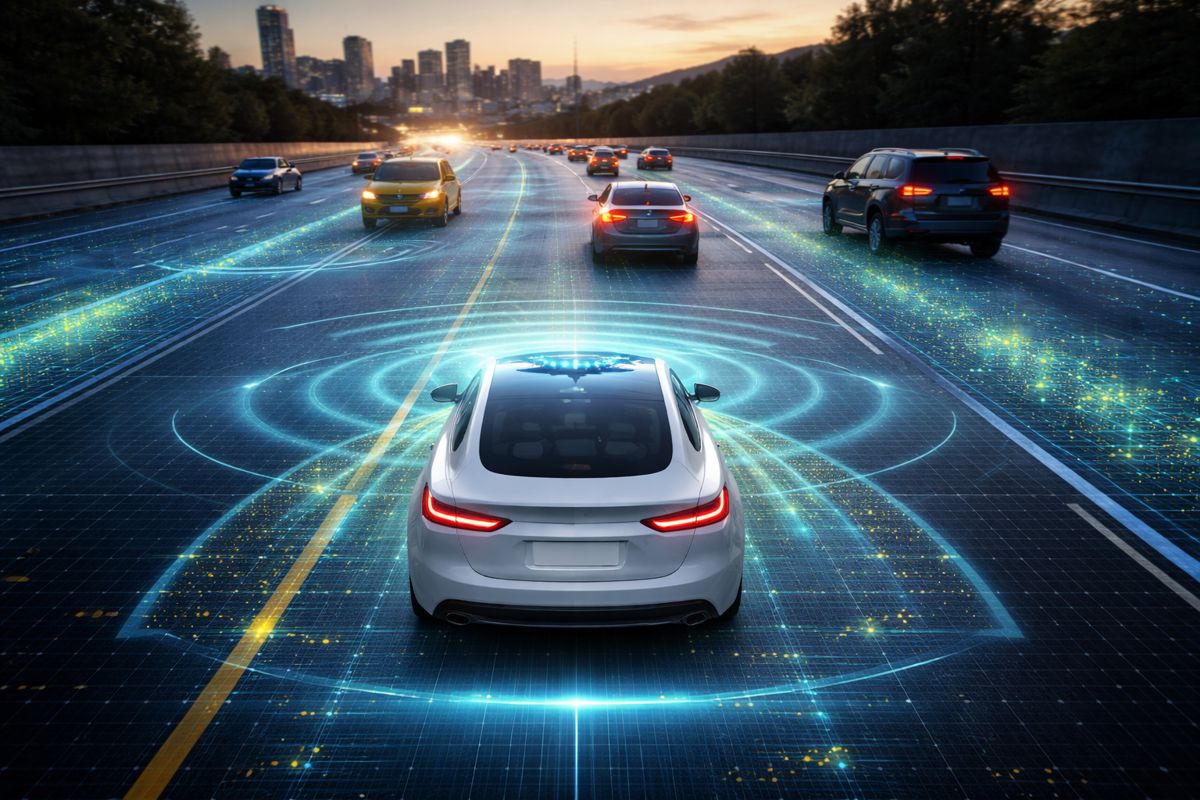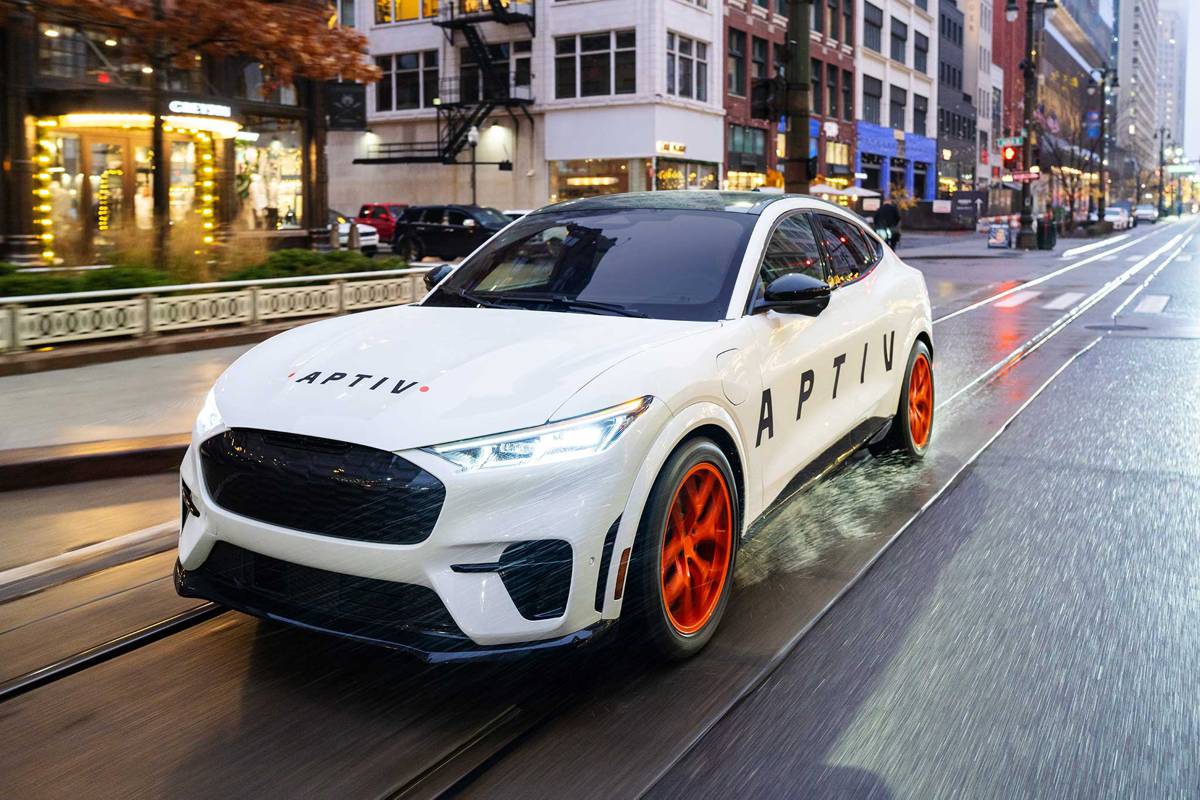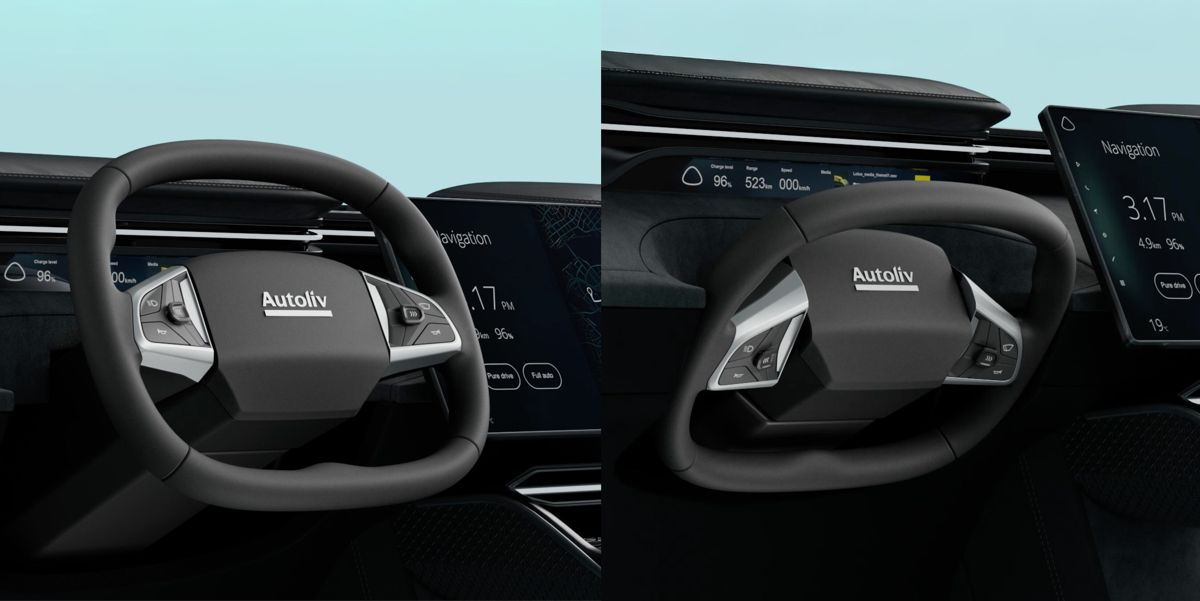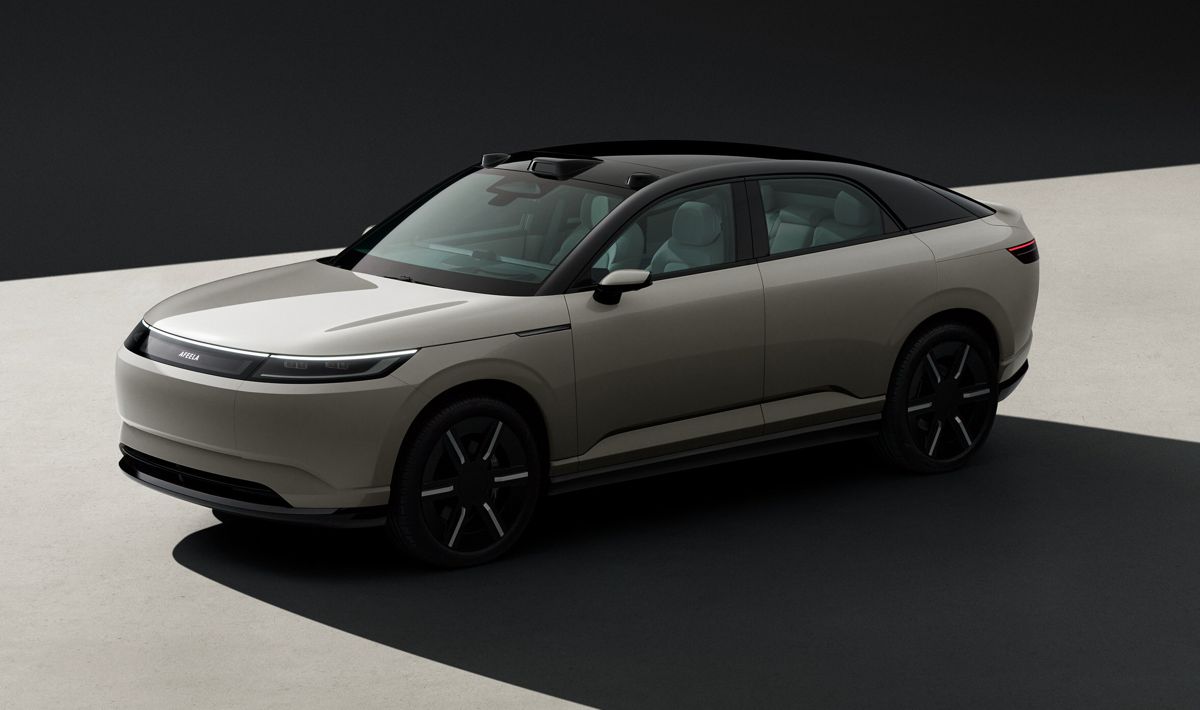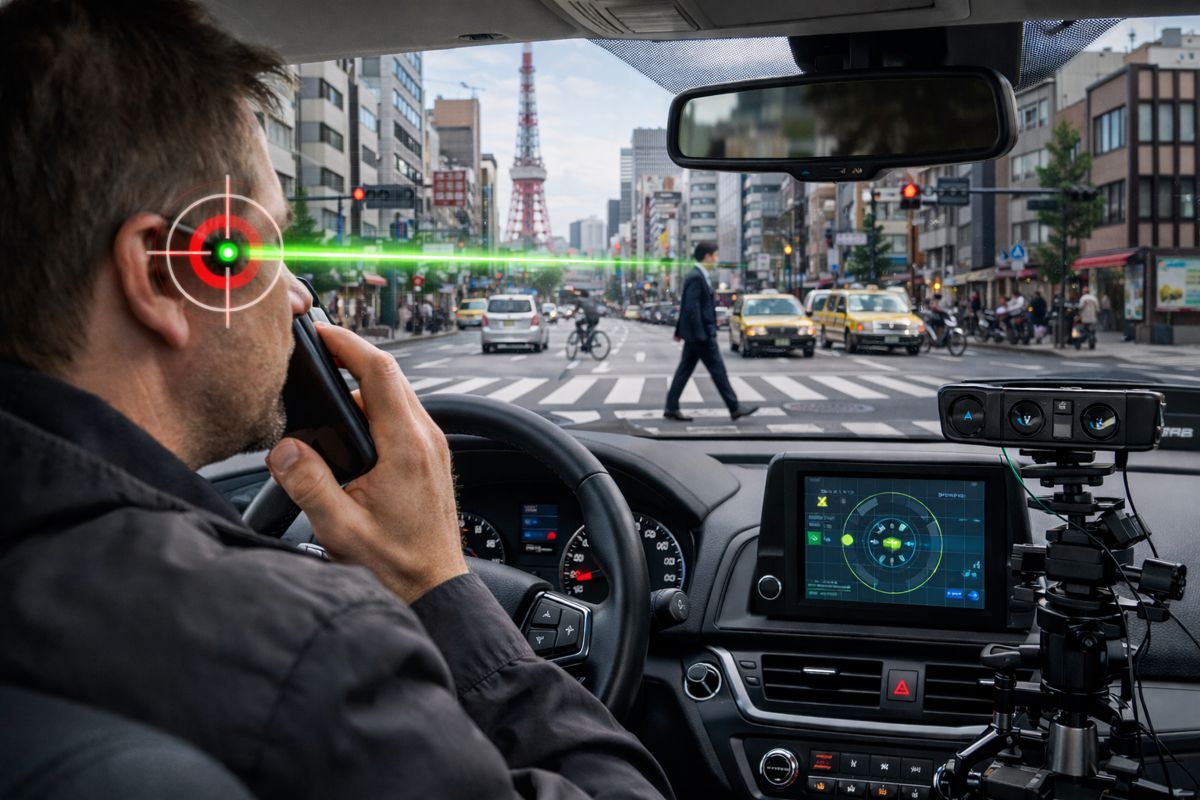Innovations in Electric Vehicle Design and Performance
The emergence of electric vehicles (EVs) has revolutionised the way that people think about transportation. With EVs offering a greener and more efficient way to travel, they’ve addressed the needs and preferences of drivers who are interested in exploring the electrification of transportation.
Although EVs have already made a huge splash in the auto industry, electric vehicle manufacturers are still coming up with innovative ideas that push the capabilities of their EVs even further.
Let’s have a look at some of the trends and innovations that promise to take the design and performance of EVs to the next level.
Fast-Charging, Long-Range Batteries
When electric vehicles first hit the modern market, one of the primary concerns for many potential buyers was the limited driving range and the time required to adequately charge an EV. People were sceptical about the EV’s ability to keep up with internal combustion engine (ICE) vehicles. However, recent innovations have addressed these concerns by making electric vehicles more practical and convenient for everyday use.
Fast-charging technology has made remarkable progress, allowing EV owners to recharge their vehicles in a fraction of the time it used to take. With the introduction of high-power charging stations, EV drivers can now add hundreds of miles of range in just a matter of minutes.
These fast-charging stations typically utilise high-voltage DC chargers capable of delivering power at rates exceeding 150 kW, and in some cases, even up to 350 kW, drastically reducing charging times. Additionally, high-power charging stations are becoming more accessible, which means it’ll be easier for EV drivers to find a fast-charging unit nearby. EV owners can also search for “professional EV charger installation near me” online and have a high-powered home EV charger installed in their homes.
Furthermore, advancements in battery technology have led to the development of long-range batteries that can power EVs for hundreds of miles on a single charge. Manufacturers like Tesla, Chevrolet, and Nissan have pushed the boundaries of battery capacity, with some models boasting ranges exceeding 300 miles on a single charge. These improvements in battery energy density, efficiency, and durability have not only increased the driving range of electric vehicles but have also enhanced their overall performance and reliability.
Solar Roofs
Solar roofs present an exciting opportunity to harness renewable energy and reduce reliance on grid electricity for charging. These photovoltaic (PV) panels, typically made of lightweight and durable materials, are seamlessly integrated into the vehicle’s roof, capturing sunlight and converting it into electrical energy. While solar roofs alone may not provide sufficient power to fully charge an EV’s battery, they can contribute to extending the vehicle’s range and reducing overall energy consumption.
Solar roofs offer other practical advantages, including providing power to auxiliary systems like air conditioning and interior lighting. As such, they can reduce the drain on the main battery and improve the vehicle’s overall energy efficiency. Additionally, solar roofs can help keep the vehicle’s interior cool when parked in direct sunlight, enhancing comfort for occupants as a result.
Improved Braking Energy Regeneration
Recent advancements in braking energy regeneration systems have focused on enhancing the efficiency and responsiveness of EVs. Sophisticated algorithms and sensors allow for more precise control of regenerative braking, enabling smoother deceleration and a more seamless transition between regenerative and friction braking. This not only improves driving comfort but also maximises energy recapture.
What’s more, some EV manufacturers have introduced adaptive regenerative braking systems that adjust their behaviour based on driving conditions and driver input. These systems can automatically vary the level of regenerative braking based on factors such as vehicle speed, road gradient, and traffic conditions. This feature optimises energy recovery while maintaining optimal vehicle control and performance.
Wireless EV Charging
Wireless EV charging, also known as inductive charging or wireless power transfer, is emerging as a promising solution to address the energy demands of EV owners. This charging method eliminates the need for physical cables and plugs and, instead, transfers power from a charging pad on the ground to a receiver pad installed on the vehicle. This technology relies on electromagnetic fields to transfer energy wirelessly, allowing EV owners to simply park their vehicles over a charging pad to initiate the charging process automatically.
One of the primary advantages of wireless EV charging is its convenience. Drivers no longer need to manually plug in their vehicles, reducing the hassle associated with traditional charging methods. This convenience is particularly beneficial in environments such as parking lots, garages, and residential areas, where frequent charging is necessary but access to charging infrastructure may be limited.
Moreover, wireless EV charging promotes greater accessibility to EV charging. By eliminating the need for physical connectors, wireless EV charging allows for more versatile deployment of charging infrastructure. This enables EV owners to charge their vehicles at various locations without the constraints of traditional charging stations. While wireless EV charging technology is still in the early stages of adoption, several automakers and charging infrastructure providers are investing in its development and deployment.
Diverse EV Models
The electric vehicle market has experienced tremendous growth in recent years, driven in part by the increasing diversity of EV models available to consumers. Automakers around the world are expanding their electric vehicle line-ups, offering a wide range of options to cater to different preferences, needs, and budgets. With EVs becoming more advanced, security is also a growing concern, making Ghost immobilisers a smart addition for owners looking to protect their investment. These discreet anti-theft devices prevent unauthorized use, adding an extra layer of security to modern electric vehicles.
One of the key trends in EV design is the proliferation of models across various vehicle segments, including compact cars, sedans, SUVs, and even trucks. This diversity allows consumers to choose an electric vehicle that suits their lifestyle and driving requirements, whether it’s a city-friendly compact car for urban commuting or a spacious SUV for family adventures.
As advancements in technology continue to accelerate, the world can expect EVs to play an increasingly prominent role in shaping the way people travel. The innovations and trends in this article prove that EV manufacturers are making significant strides to ensure the electrified future of transportation.
